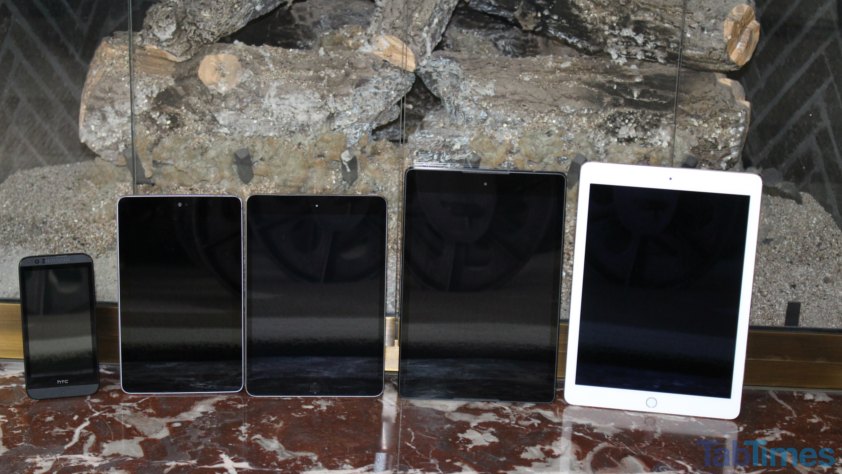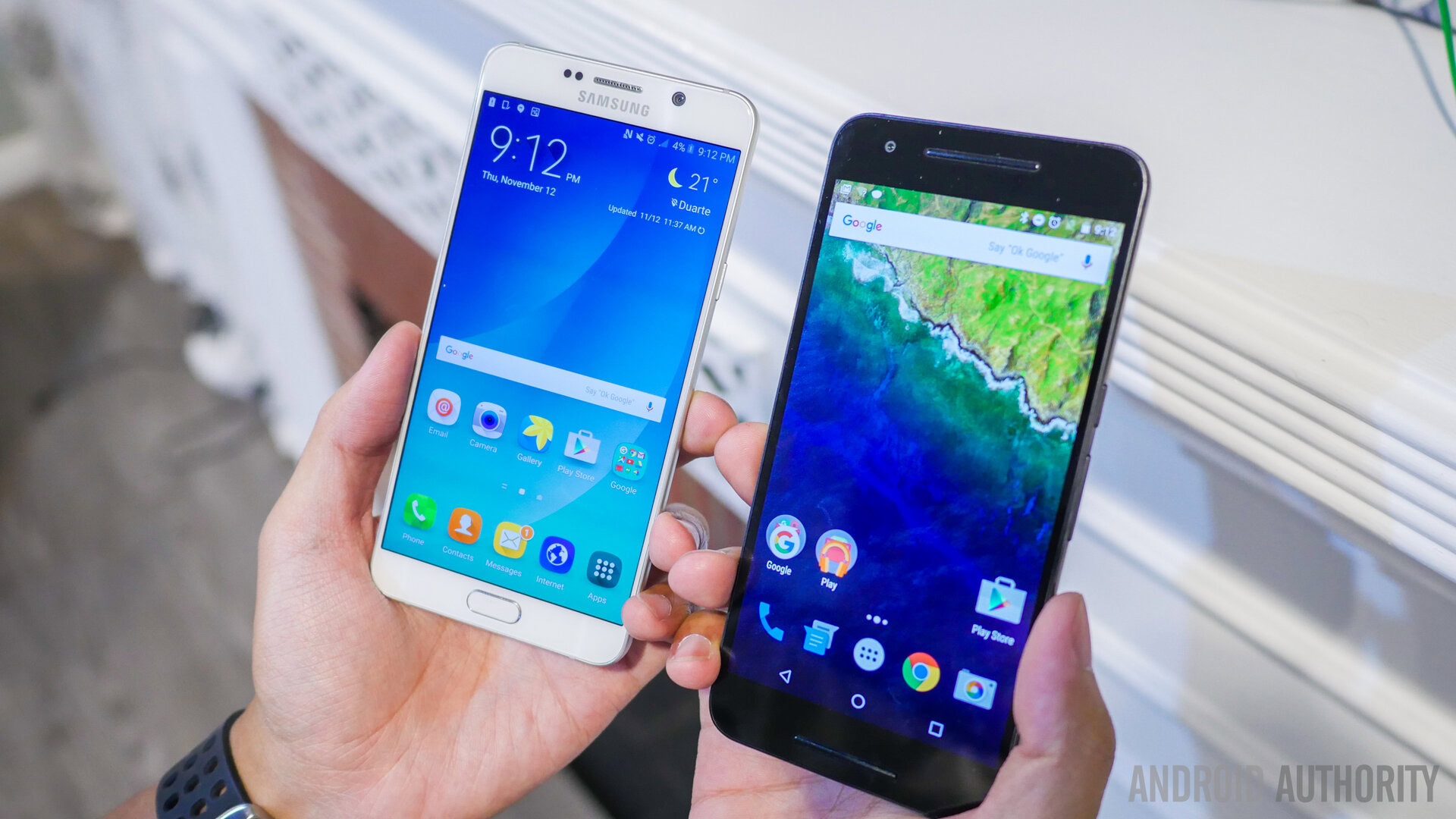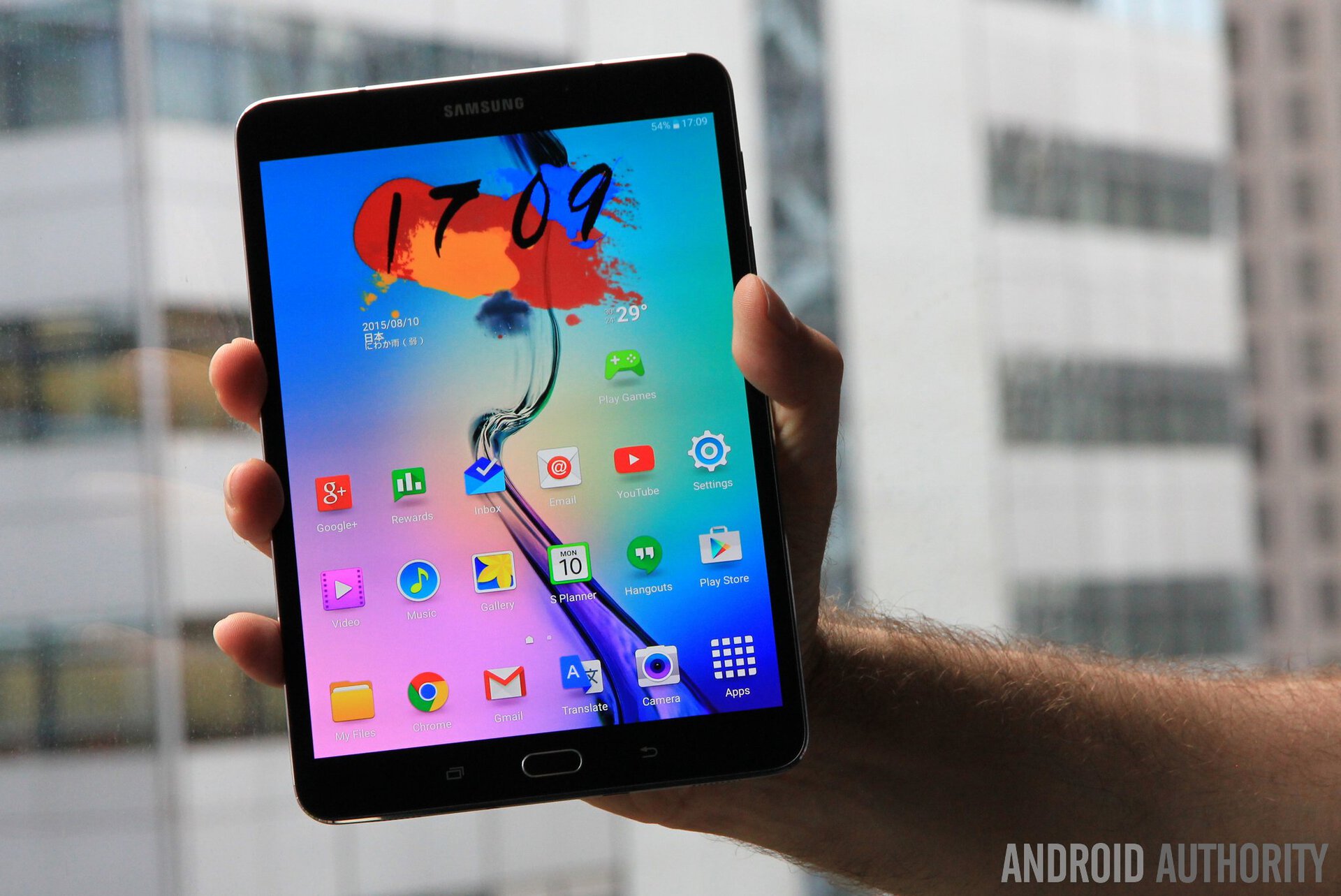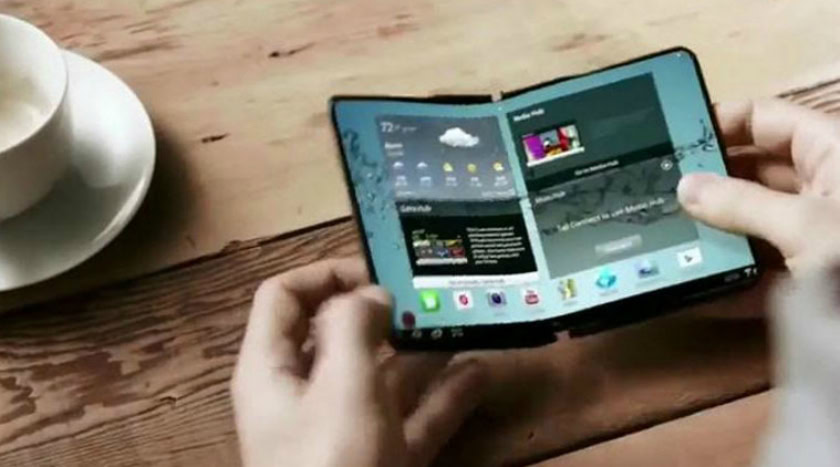Affiliate links on Android Authority may earn us a commission. Learn more.
IDC: Small tablet shipments down thanks to big smartphone screens

If one wants to get a surreal perspective on the state of smartphone sizes, perhaps nothing works better than a meet with the Streak. Once the largest phone conceivable, Dell’s 5-inch “monstrosity” was often cited as not only pushing the boundaries of what one might consider a phone, but to many people was often viewed as a small tablet. And yet, here in January 2016, it is almost ironic that 7-inch tablets are arguably seen as being too small for their own good.
According to research firm IDC, small screen tablets – defined as those with a display of seven inches – have been facing gradually decreasing global shipment numbers in recent years, with last year continuing the trend. In 2014, seven-inch tablets comprised 64.1 percent of global tablet shipments, yet in 2015, this number decreased to 57.7 percent.
International Data Corporation’s tablet research director, Jean Philippe Bouchard, offered the following comment in relation to the discovery:
“Phablets have and will continue to impact sales of smaller screen size tablets…the value proposition of a 7-inch slate tablet is considerably reduced when end-users also carry a large smartphone.”
Suffice to say, 2015 offered considerably fewer tablets than in previous years. While the news of decreased shipments may not come as much of a surprise given the ever-decreasing differences between a large phablet and a small tablet, at the very least this report seeks to confirm that the tablet market grows ever more challenging for OEMs to cater to.
The picture-perfect problem
Over the past few years, smartphone sizes have increased considerably. Even Google’s Nexus devices have seen boosts in screen real estate, and one need look no further than Motorola’s Moto X line to see exactly what the growing trend is. Apple as well, finally sought to embrace the phablet size with the release of 2014’s iPhone 6 Plus. The question, then, is just what one can expect or get out of a tablet period.

Whereas small screen smartphones may once have been viewed as “inferior” with respect to watching movies or consuming media when compared to say, the original Galaxy Tab, these days not only are there an absolute plethora of large screen phones, but the resolution itself has increased dramatically. Devices like the Galaxy Note 5, the LG V10, and the Nexus 6P all have QHD resolution. In comparison, devices like the relatively recently released ASUS ZenPad 7.0 make use of a meager 1280 X 800 (WXGA) resolution. If a phone hovers around 6-inches and a tablet is just over an inch larger yet has a significantly lower resolution. it is a fair question to ask just how tangible the benefit would be to opt for the latter.
The paradoxical puzzle
The paradox, however, is in trying to figure out just what size tablet – if any – an OEM should rally behind. Recent years have seen products in the 8-inch space receive proper priority, and last year in particular witnessed both Samsung and ASUS – along with other companies – release 4:3 aspect devices, eschewing the tried and true widescreen that has long since been a staple for Android devices.

2015 also saw the release of the Galaxy View, an 18-inch tablet, and even an iPad Pro which came in around 13-inches. Neither OEM has triumphantly came forth with clear evidence to suggest their large product has performer exceptionally. On the contrary, Samsung not only took to going as far as to generate PR in an effort to explain why anyone might want its offering to begin with, but promptly put the View on sale no less. Meanwhile, Apple’s jumbo iPad is so expensive as to place it in the same league as various Ultrabook PCs, all of which can arguably do more for productivity than the iPad Pro, which is restricted by its dependency on iOS to run the show.
Stick with the size
Keep in mind however, that not everyone has a phablet, and thus there is still sufficient justification for OEMs to continue producing small tablets. Additionally smaller tablets tend to cost less money given their smaller stature and typically lower specs, thus OEMs can make them more affordable.
It is also worth pointing out that whereas 5.X-inch smartphones tend to be quite narrow as to make them operable with essentially one hand, a full, proper 7-inch tablet is most always a wider offering, thus allowing for more screen real estate and thus perhaps better visibility for books and other such functions.
Finally, given the small size factor, typically lesser specs, and often affordable pricing, such 7-inch tablets make the perfect gift for small children or others who one might not readily trust with an $800 smartphone.
Wrap Up

2016 will inevitably be met with great interest for those interest in tablets, as supporters wait to see just what kind of new products might appear. Rumors and talk have been floating around for years that Samsung is planning a bendable or foldable product, and indeed last year rumors of a Project Valley began to surface in earnest. Of course, if a foldable tablet were to only be 7 inches, it might raise the question as to just what kind of more compact size it would feasibly convert into given that so many feel anything smaller than 5-inches is unusable.
At the same time, with products such as the 6-inch Samsung Galaxy A9, or even the 6.8-inch HUAWEI P8 Max, the burden of making a convincing, worthwhile 7 inch tablet becomes ever harder to sell to those that already like to carry a sizable smartphone.